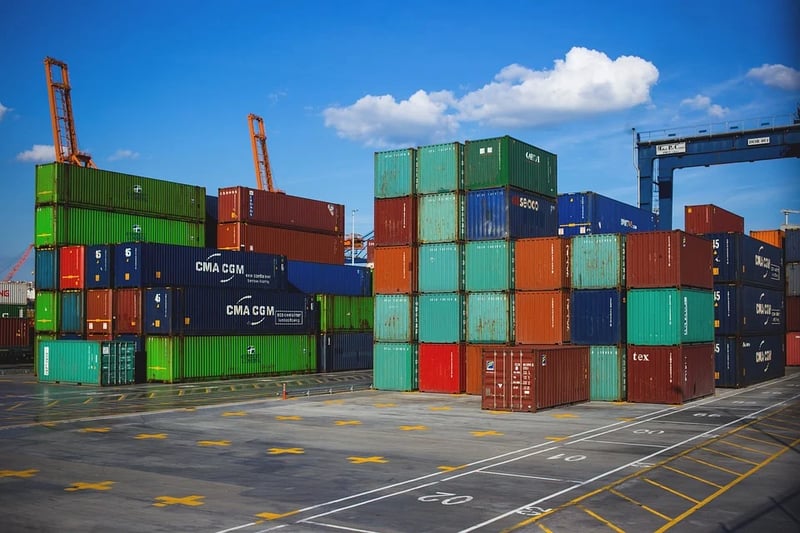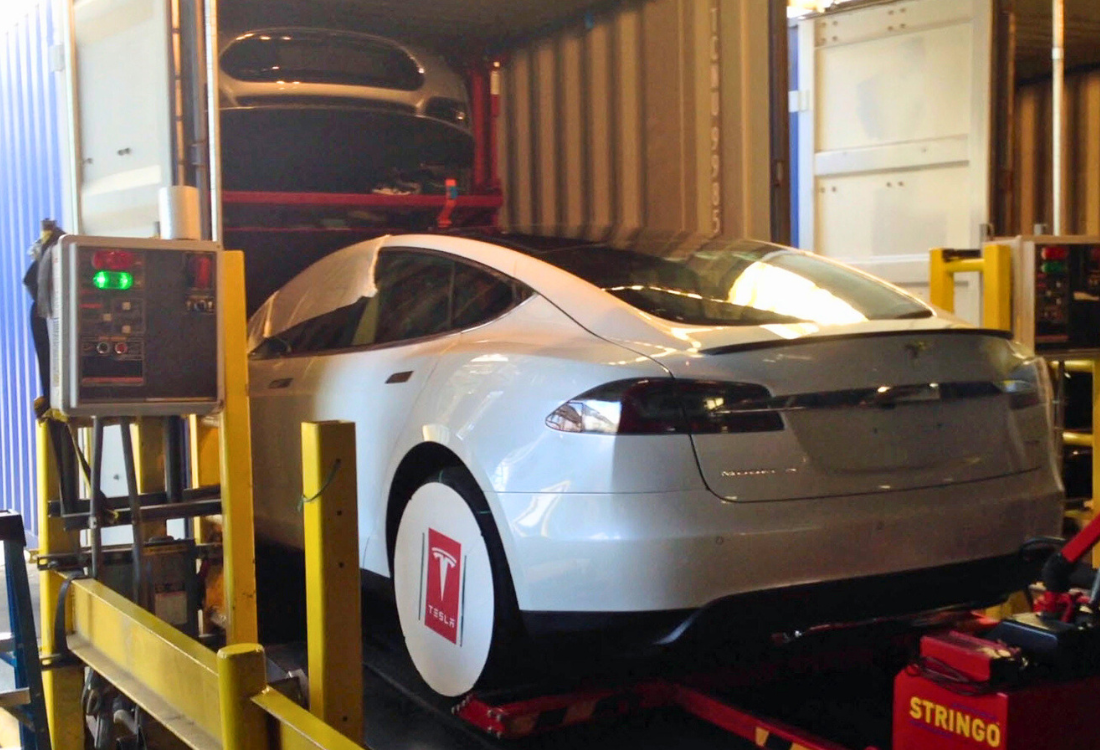
When it comes to shipping, there are many different cost variables. Usually, a broker will handle all of the minutiae and offer the best deal. However, it can help to know what goes on behind the scenes. Let’s take a look!
Types of Shipping
There are two main transport options for vehicles. The analogue method is Roll On Roll Off (RORO). Popularised in the 1950s, RORO involves the mass transportation of vehicles in a single shipment. ROROs are becoming gradually obsolete as containerised shipping takes over.
Containerisation involves ‘packaging’ goods inside a secure box. Although containers were first designed in the 1960s, it is twenty-first century software that has boosted efficiency into a global streamline. Today’s supply chains are fast and fluid, and containers are the main component.
The Cost of Time
ROROs often look cheaper on paper, but the reality is quite different. Calculating costs to the exact penny can be very frustrating in shipping. This is because many of the costs are invisible. For instance, getting a vehicle from A to B via RORO involves many port and transport interchanges, which can hike the price tag on longer journeys.
Containers have a predictable and efficient door-to-door service, so the overall cost of transporting a vehicle by container is usually lower. Infrastructure is designed for containers, so there is positive bias towards the methodology. Container journeys are quicker, more streamlined, and more efficient. This all makes a financial difference.
Making the Most of a Container
Budgeting containers is all about maximising the space. For RORO shipping, the payment is calculated per vehicle. For containers, it is priced per box. Therefore, the financial art involves getting as many cars as possible into the container.
For many years, wood was the go-to racking option. This meant that only one or two cars could be transported in each container, and this increased customs costs compared to RORO. Racking systems such as the R-RAK have optimised the space so that four vehicles can be easily and safely stored. This improves the financial viability of a container.
Using a high-strength steel racking system has a range of additional financial benefits. The customs costs are reduced, racks are reusable, and – due to the security of the system - insurance expenses are lower. These are small savings that have a rapid cumulative effect, particularly as up to 60 R-RAK pods can be shipped back to their point of origin in a single container.
Learn More
When it comes to logistics and budgeting, information is key. To learn more about how containerised car shipping works, please download our free Containerised Car Transport Guide.
Image source: Pixabay















